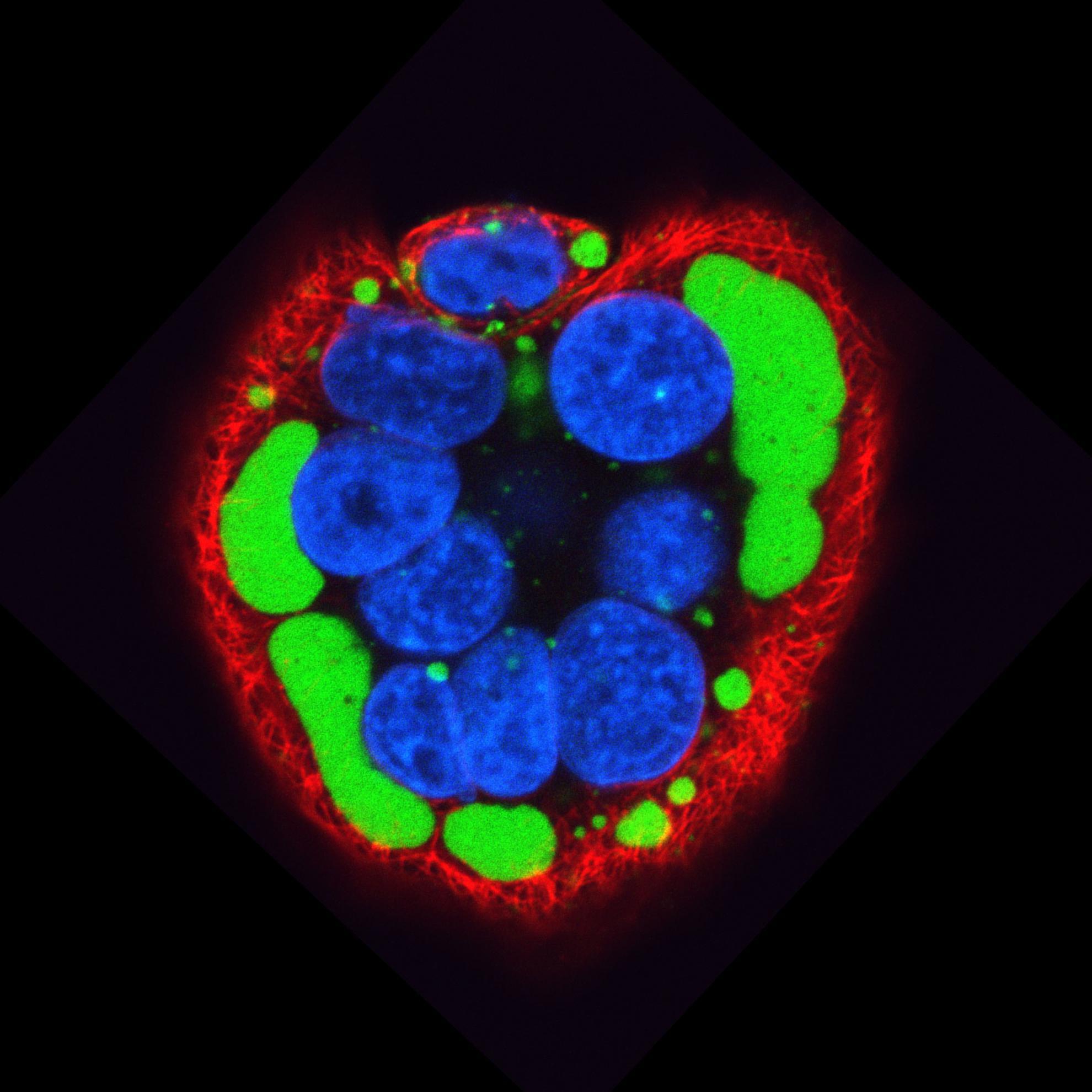Multiplex RT-PCR and automated microarray for detection of eight bovine viruses
Microarrays can be a useful tool for pathogen detection as it allow for simultaneous interrogation of the presence of a large number of genetic sequences in a sample. However, conventional microarrays require extensive manual handling and multiple pieces of equipment for printing probes, hybridization, washing and signal detection. In this study, a reverse transcription (RT)PCR with an accompanying novel automated microarray for simultaneous detection of eight viruses that affect cattle [vesicular stomatitis virus (VSV), bovine viral diarrhoea virus type 1 and type 2, bovine herpesvirus 1, bluetongue virus, malignant catarrhal fever virus, rinderpest virus (RPV) and parapox viruses] is described. The assay accurately identified a panel of 37 strains of the target viruses and identified a mixed infection. No non-specific reactions were observed with a panel of 23 non-target viruses associated with livestock. Vesicular stomatitis virus was detected as early as 2 days post-inoculation in oral swabs from experimentally infected animals. The limit of detection of the microarray assay was as low as 1 TCID50/ml for RPV. The novel microarray platform automates the entire post-PCR steps of the assay and integrates electrophoretic-driven capture probe printing in a single user-friendly instrument that allows array layout and assay configuration to be user-customized on-site.


